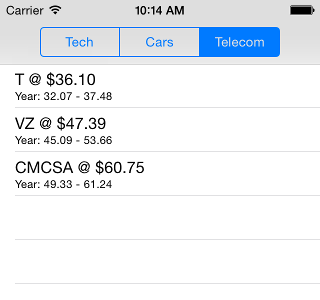Why I Hate Ray Wenderlich’s Interview Questions
RayWenderlich.com just posted a list of Swift interview questions. After a quick scan though I couldn’t help but sigh. There are some interesting tidbits there that might be useful for evaluating some basic familiarity with the language. But what’s totally lacking is any context about how to use those questions to lead to a good hire. Maybe that’s not needed on a site about iOS tutorials but it’s not a discussion that I see happening anywhere else.
Don’t interview devs as if they’re writing a language. Maybe those abstruse details will help once a year. A developer who focuses on getting things done and caring about their user’s experiences will make a difference every day. Ask how they’d plan a project, what they think of a common library, what they’re proud of. Read on →
 Grok Swift
Grok Swift